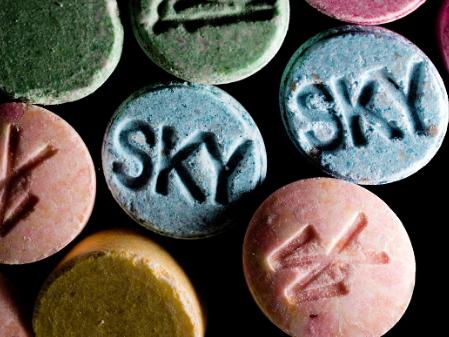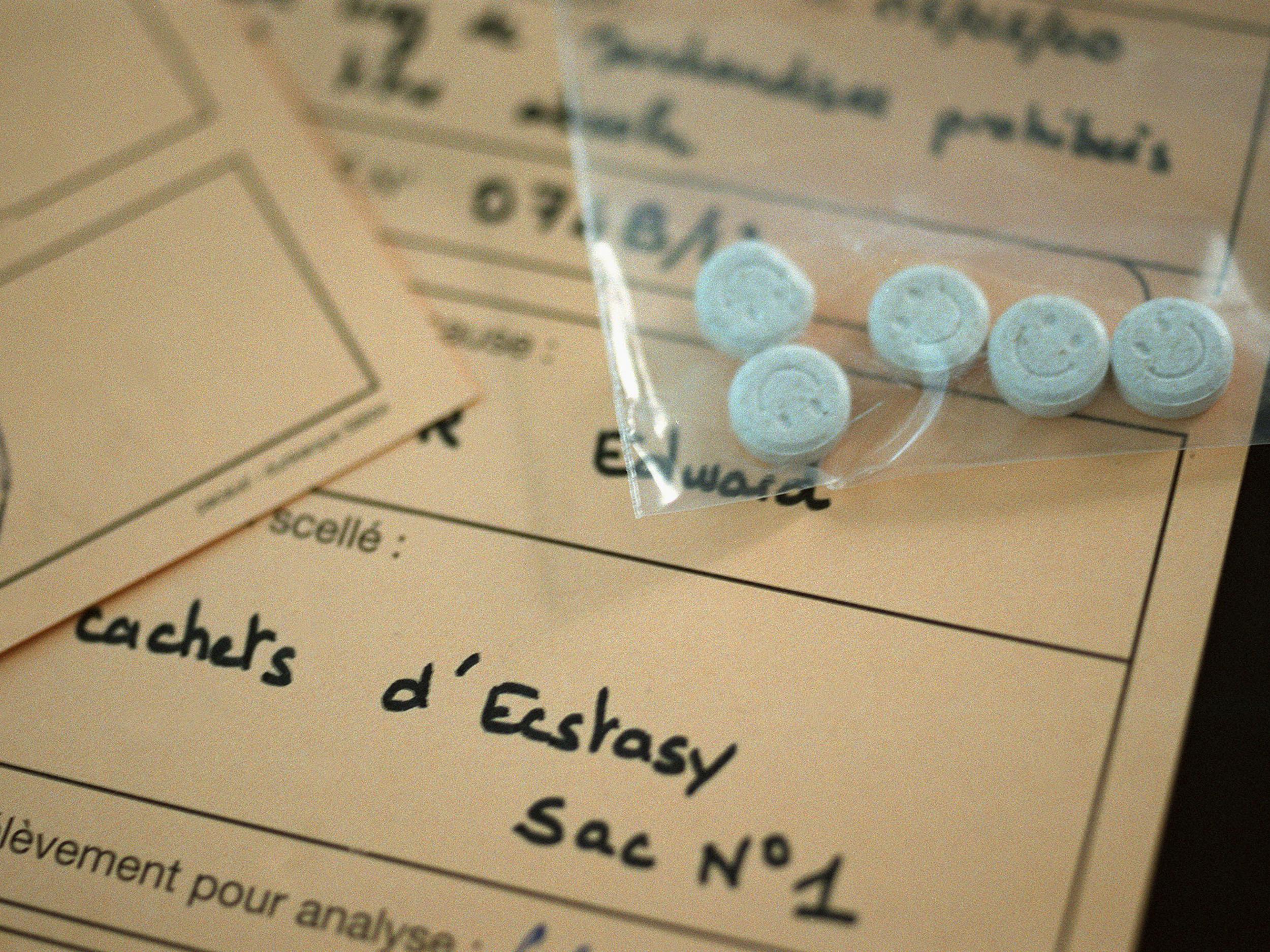MDMA in resurgence as ‘creative marketing’ and stronger pills attract young users
Around 2.1 million young European adults report using MDMA in the last year - 300,000 higher than in 2015

Ecstasy is making a resurgence since its glory days during the rave and techno scenes of the 1990s, becoming the drug of choice for young people in stronger forms than before, warns the EU’s drug agency.
The 2016 European Drug Report found clear indications that ecstasy – commonly known as MDMA – is making a comeback with established users and a new generation of young users. Powders, crystals and tablets containing high doses of the drug are also more widely available than ever before.
Until recently MDMA use had been in decline after peaking in the early to mid-2000s. However, recent survey data shows an increased use of the drug in Europe.

Around 2.1 million young adults aged between 15 and 34 years have reported using MDMA in the last year – 300,000 higher than the estimate in 2015, while nine out of 12 European countries reported higher use among adults in new surveys than in previous reports.
The Netherlands recorded the highest usage, with 5.5 per cent of young adults saying they had taken MDMA in the last 12 months. The UK reported the second highest use with 3.5 per cent of young adults saying they had taken the drug in the last year.
No longer a niche, sub-cultural drug confined to dance clubs, the report found MDMA is now being used by a wider range of young people in more mainstream settings, such as bars and parties.
The report also highlights signs of resurging production, following a decline in the last decade, with large-scale MDMA production facilities previously being dismantled in Belgium in 2013 and in the Netherlands in 2014.
The MDMA revival is associated with “innovation in sourcing MDMA precursors, new production techniques and online supply”, explains the Lisbon-based European monitoring centre for drugs and drug addiction (EMCDDA).
“The creative and sometimes aggressive marketing of products” is highlighted as a key feature of the contemporary MDMA market by European drug experts. This is particularly noticeable in MDMA tablets, they say, which use logos, such as Superman and UPS, a variety of shapes and bright, fluorescent colours to attract consumers.
The Dutch police have reported a sharp increase in the number of new tablet designs, from 50 new designs identified in 2012 to 174 in 2014.
MDMA tablets are also being produced specifically for individual events, typically music festivals such as Tomorrowland or Amsterdam Dance Event.

Since 2010 and 2011, MDMA has re-emerged on the market in higher levels of purity. Where in the 1990s and 2000s the average MDMA tablet contained around 50–80 mg of the drug, now averages are closer to 125 mg MDMA per tablet and “super pills” found in some countries have a reported range of 270–340 mg, says the report.
Concerns are also raised about online supply of MDMA, which the report labels a “growing dark cloud on the horizon”.
“The potential for expansion of online drug supply appears considerable”, making it a question of critical importance for the future of European policy agenda, the report says.
EMCDDA Director Alexis Goosdeel said: “The revival of MDMA brings with it the need to rethink existing prevention and harm-reduction responses to target and support a new population of users who may be using high-dose products, without fully understanding the risks involved.
“Intoxications and even deaths associated with this drug are highlighted in our new report. This is particularly worrying since MDMA is moving into more mainstream social settings and is increasingly available via online markets.”
Join our commenting forum
Join thought-provoking conversations, follow other Independent readers and see their replies
Comments